Remember when Saturday mornings were sacred? When you’d leap out of bed with an energy reserved only for Christmas morning and race downstairs in your pajamas to claim the best spot on the living room floor? Those precious hours between dawn and noon were the highlight of the week—a magical time when the television belonged to the kids, and parents knew better than to suggest anything as ridiculous as “going outside” or “doing something productive.” With a heaping bowl of colorful, sugar-coated cereal clutched in our hands, we entered animated worlds that shaped our childhoods and created memories that still bring smiles decades later.
1. The Looney Tunes Show
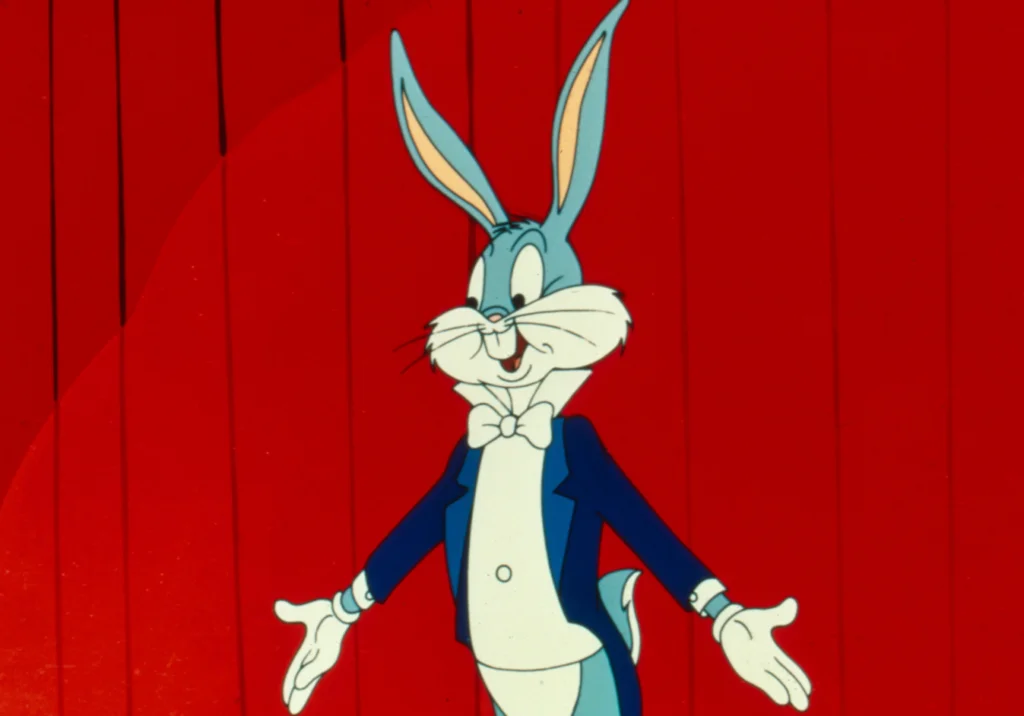
Nothing announced the arrival of Saturday morning quite like the iconic Looney Tunes theme music and those concentric circles with “That’s All Folks!” transformed into a beginning rather than an ending. Bugs Bunny, with his casual “What’s up, Doc?” while munching a carrot, taught us the art of staying cool under pressure—especially when facing Elmer Fudd’s shotgun. Daffy Duck’s sputtering indignation showed us that sometimes the best comedy comes from simply losing your temper. HowStuffWorks has some little-known-facts about this foundational series that are so shocking it’s like getting hit with an anvil.
The physical comedy of Wile E. Coyote’s endless pursuit of the Road Runner, with his increasingly elaborate ACME contraptions that inevitably backfired, was perfection in its simplicity. We’d sit cross-legged on the carpet, spoons suspended halfway to our mouths, captivated by Sylvester’s determined yet doomed attempts to catch Tweety Bird or Pepe Le Pew’s oblivious romantic pursuits. These cartoons worked on multiple levels—colorful slapstick for the kids and surprisingly sophisticated humor for the adults who might be passing through—creating a shared experience that could be enjoyed across generations.
2. The Flintstones
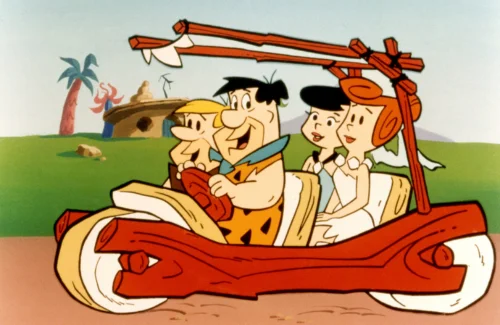
“From the town of Bedrock, they’re a page right out of history…” The moment that catchy theme song began, we knew we were about to enter a world where modern suburban life was hilariously transplanted to prehistoric times. The Flintstones was more than just a cartoon—it was the animated equivalent of the sitcoms our parents watched in the evenings, complete with adult problems and neighborly squabbles wrapped in Stone Age packaging. Fred’s “Yabba Dabba Doo!” as he slid down his dinosaur’s tail after work became our victory cry on the playground. As recounted by MeTV, the show also indulged in some unexpected but absolutely iconic crossovers, doubling the fun.
The show’s genius lay in its stone-based reimagining of modern conveniences—cars powered by feet, birds’ beaks serving as record player needles, and woolly mammoths functioning as shower heads. The relationship between Fred and Barney mirrored the classic friendship dynamics we saw in our own neighborhoods, with schemes and misunderstandings that inevitably led to trouble. Watching The Flintstones while eating Fruity Pebbles (a cereal directly inspired by the show) created a perfect meta experience—consuming a product advertised by the very characters we were watching, often in the same commercial breaks.
3. Scooby-Doo, Where Are You!
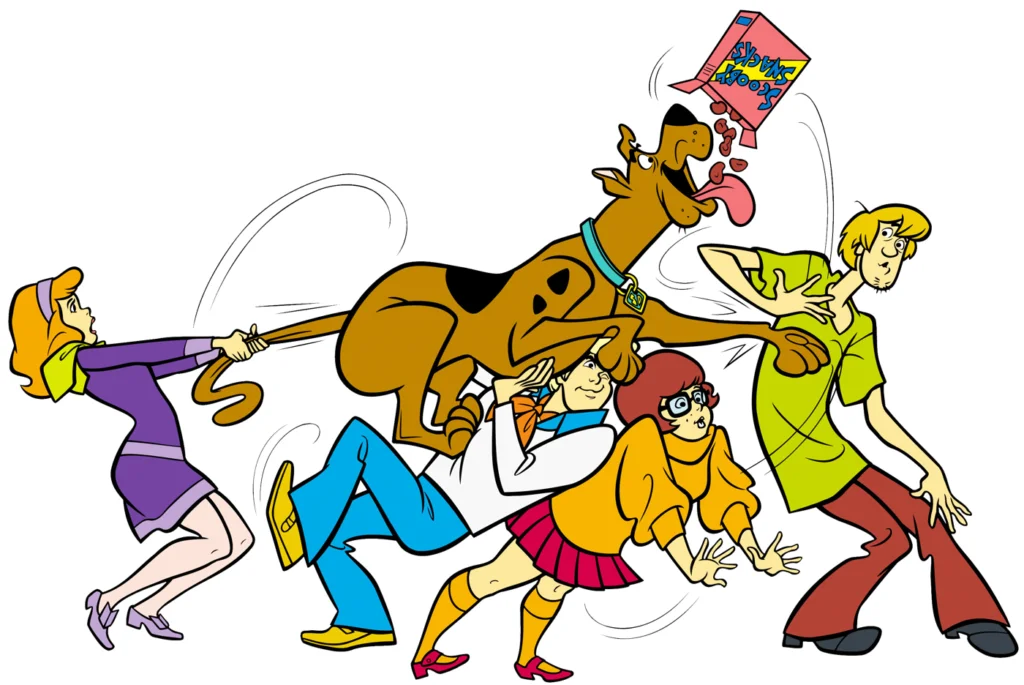
The mystery-solving antics of four teenagers and their talking Great Dane provided the perfect blend of comedy, mild suspense, and satisfying resolution that our young minds craved. The formula was reliably consistent—an abandoned amusement park or old mansion, mysterious happenings, a chase scene set to bubblegum pop music, and the inevitable unmasking of the culprit who would have gotten away with it “if it weren’t for you meddling kids.” The predictability was comforting rather than boring, like a favorite bedtime story we wanted to hear again and again. According to Arch Creek Animal Clinic, these canine-led crime-fighters are so beloved, there’s even a Scooby-Doo day.
Scooby and Shaggy’s perpetual hunger and cowardice created a relatable comic duo who somehow always managed to accidentally catch the villain while trying to avoid danger. The Gang’s distinctive personalities—Fred’s leadership, Daphne’s danger-prone glamour, Velma’s intelligence, Shaggy’s laid-back attitude, and Scooby’s lovable loyalty—let every viewer find someone to identify with. The show’s message that apparent supernatural events usually had logical explanations helped us process our own childhood fears while still delivering entertainment that had us reaching for another handful of cereal as the Mystery Machine headed toward its next adventure.
4. Jonny Quest
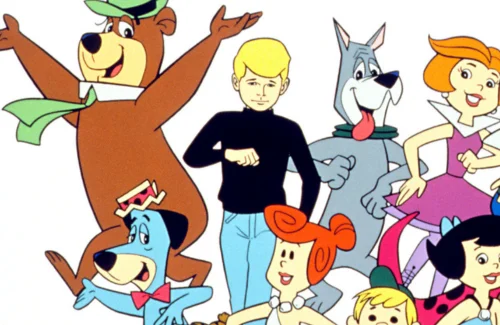
With its sophisticated animation style and action-adventure storylines, Jonny Quest represented a more grown-up cartoon experience that made us feel like we were getting away with something when we watched it. Unlike most cartoons of the era, Jonny Quest featured realistic environments, science fiction elements, and genuine peril that created genuine tension rather than just slapstick humor. The exotic locations—from mysterious islands to remote mountains—expanded our worldview before travel channels and the internet made such settings commonplace.
The show’s cast of characters formed a makeshift family that modeled cooperation and problem-solving: brilliant scientist Dr. Benton Quest; his fearless son Jonny; streetwise adopted son Hadji; their capable bodyguard Race Bannon; and Bandit, the bulldog who provided comic relief. The villains were genuinely threatening, from the reptilian lizard men to the series’ recurring nemesis, Dr. Zin. Each episode felt like a miniature action movie with cliffhangers that had us on the edge of our seats, spoons hovering above our cereal bowls as we waited to see how Jonny and his team would escape their latest predicament.
5. Underdog
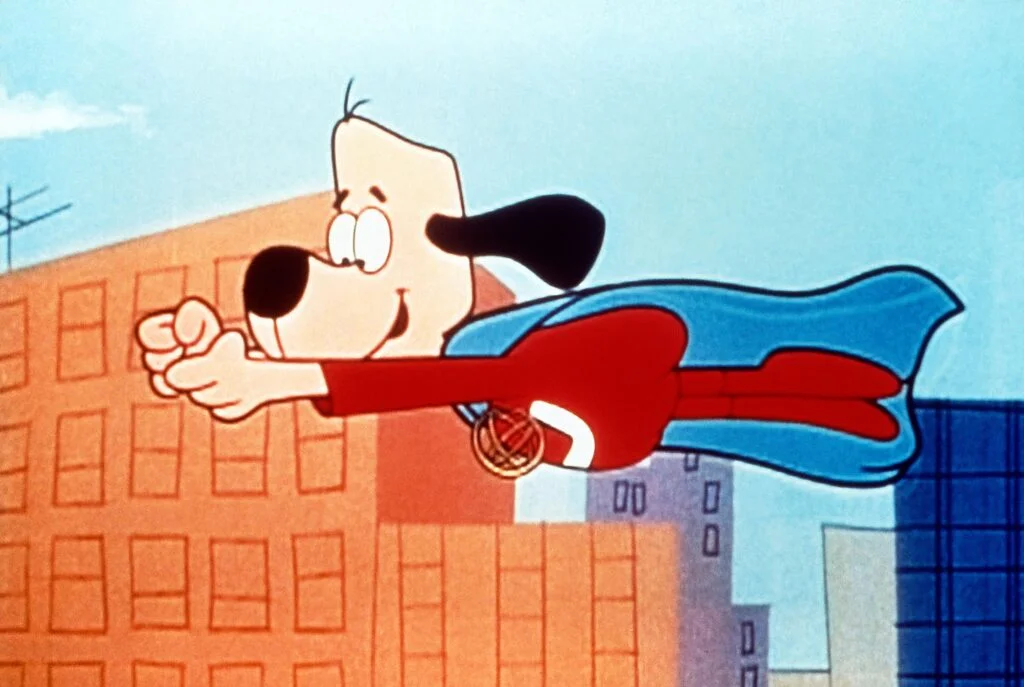
“There’s no need to fear, Underdog is here!” That declaration from the mild-mannered shoe-shine dog who transformed into a caped superhero whenever Sweet Polly Purebred needed rescuing was a rallying cry for every kid who ever felt overlooked or ordinary. Unlike the perfect superheroes of comic books, Underdog was endearingly imperfect—his powers sometimes failed at crucial moments, his rhyming speech could get him into trouble, and his alter-ego received no respect from the world around him.
The show’s simple animation style was compensated for by its clever writing and the inspirational message that heroism could come from unexpected places. Underdog’s nemeses—Simon Bar Sinister and Riff Raff—were just threatening enough to create stakes without becoming truly frightening to younger viewers. The episodic format, with stories split into four-part segments spread across different Saturdays, created weekly cliffhangers that had us counting the days until we could return to our cereal-and-cartoon ritual to see how the story would continue.
6. The Jetsons
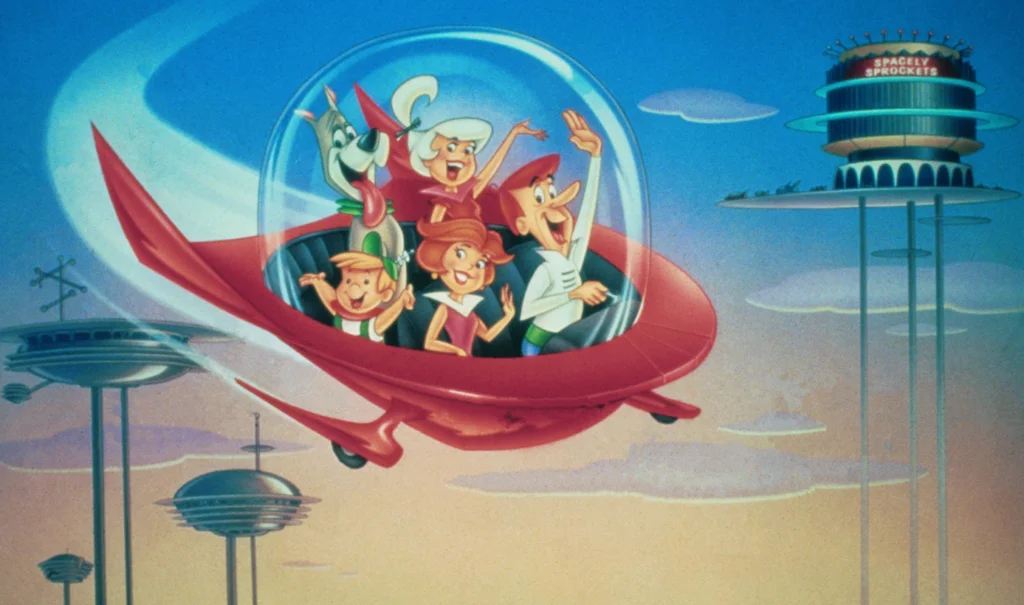
While The Flintstones took us to the prehistoric past, The Jetsons rocketed us into a utopian future where flying cars, robot maids, and push-button convenience created a world that seemed both fantastical and tantalizingly possible. George Jetson’s complaints about his grueling two-hour workweek made us laugh while giving us our first glimpse of how technology might change the nature of work and leisure. Jane’s shopping excursions, Judy’s teenage dramas, and Elroy’s school challenges showed us that even with all the gadgets in the world, family dynamics would remain fundamentally the same.
The show’s vision of the future—with video phones, flat-screen TVs, robot vacuums, and instant meals—has proven remarkably prescient, making rewatching episodes today an exercise in spotting technologies that have actually come to pass. Astro the dog’s speech impediment (“Ruh-roh, Reorge!”) became part of our playground vocabulary, and the iconic theme song with its futuristic sound effects set the stage for a world of imagination. The Jetsons presented technology as something wondrous rather than threatening, encouraging us to look forward to the future while we sat in our very non-futuristic living rooms, wearing footed pajamas and leaving colorful milk at the bottom of our cereal bowls.
7. H.R. Pufnstuf

Stepping into the psychedelic world of Living Island, where everything from trees to boats was alive and could speak, was like visiting a bizarre dream realm every Saturday morning. The show followed the adventures of Jimmy, a boy with a magical talking flute named Freddy, who is lured to Living Island by the evil witch Witchiepoo who covets Freddy for herself. Mayor H.R. Pufnstuf—a friendly dragon—and his deputies protect Jimmy while trying to find a way to get him back home.
The Sid and Marty Krofft production featured larger-than-life costumes, sets that looked like they were designed during an especially vivid fever dream, and storylines that barely made sense but were entertaining nonetheless. Watching H.R. Pufnstuf was like being invited into a secret clubhouse of weirdness that adults simply couldn’t understand—its trippy visuals and strange logic perfectly matched our sugar-enhanced Saturday morning mindset. The show only produced 17 episodes, but its cultural impact was enormous, creating a world so distinctive that once seen, it could never be forgotten, much like the milk-stained pajamas we wore while watching it.
8. Josie and the Pussycats
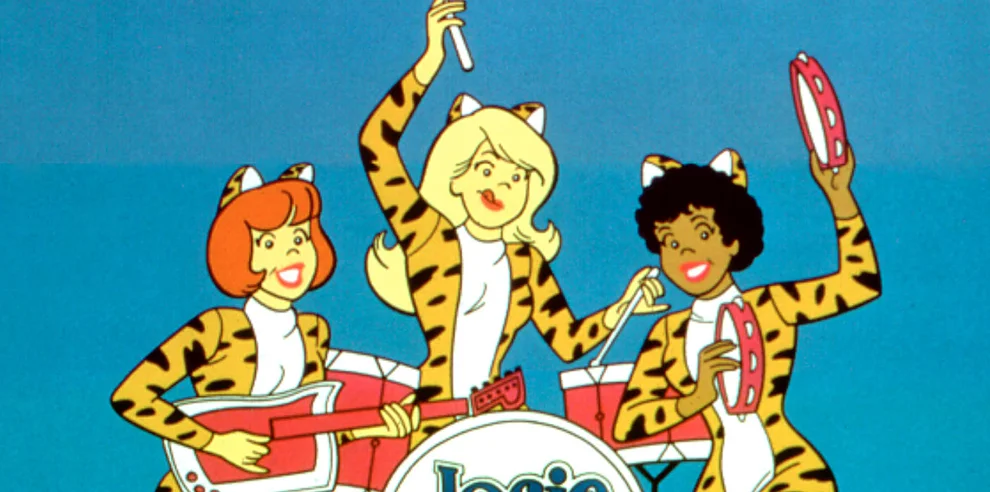
Long before MTV, Josie and the Pussycats gave us animated rock stars whose adventures took them around the world, combining our love of cartoons with our growing interest in music. The all-girl band with their signature cat-eared headbands—Josie, Melody, and Valerie—along with their manager Alexandra, her brother Alexander, and roadie Alan, found themselves in exotic locations where they inevitably stumbled upon criminal plots or mysterious phenomena that needed solving.
Each episode featured at least one musical number where the animated characters performed original songs that many of us would sing along to, using our cereal spoons as microphones. The show was groundbreaking in featuring Valerie, one of the first regular African American characters in a Saturday morning cartoon. The combination of music, mystery, and mild romantic tension between the characters created a show that appealed to viewers who were starting to outgrow simpler cartoons but weren’t quite ready to give up their Saturday morning ritual. The promise of seeing the Pussycats perform a new song was enough to keep us glued to the screen, even as the milk in our cereal turned into a sugary soup.
9. Rocky and Bullwinkle
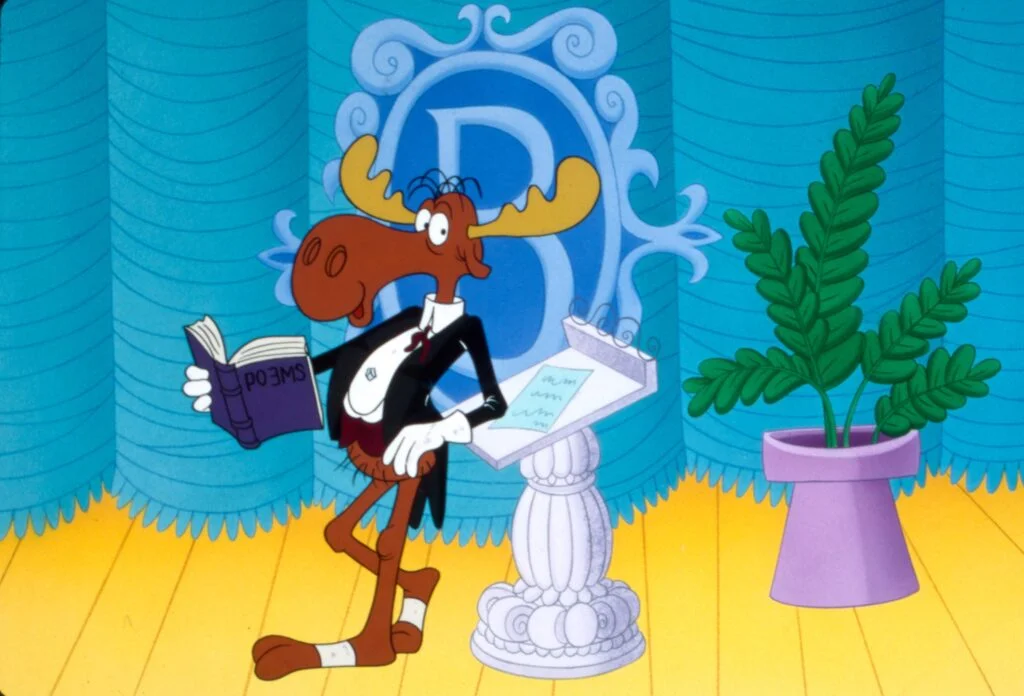
“Hey Rocky, watch me pull a rabbit out of my hat!” With that recurring line from Bullwinkle J. Moose to his flying squirrel companion Rocky, we entered a world of sophisticated humor disguised as simple entertainment. The Adventures of Rocky and Bullwinkle and Friends was perhaps the first cartoon many of us encountered that operated on multiple levels, with sly political satire and cultural references that went over our heads but made the adults in the room chuckle knowingly. The limited animation style—a necessity due to budget constraints—became part of its charm, with the emphasis placed on witty dialogue and narrative rather than visual spectacle.
The show’s format included multiple segments like “Dudley Do-Right,” “Fractured Fairy Tales,” and “Peabody’s Improbable History,” creating a variety show atmosphere that kept our attention even as we reached for second bowls of cereal. The ongoing conflict between our heroes and the Soviet-like spies Boris Badenov and Natasha Fatale introduced us to Cold War concepts in a way that was entertaining rather than frightening. The narrator’s cliffhanger questions at the end of segments (“Will Bullwinkle remember the secret code? Will Boris finally succeed in his evil plan? Tune in next time for…”) built anticipation that had us counting down the days until next Saturday.
10. Speed Racer
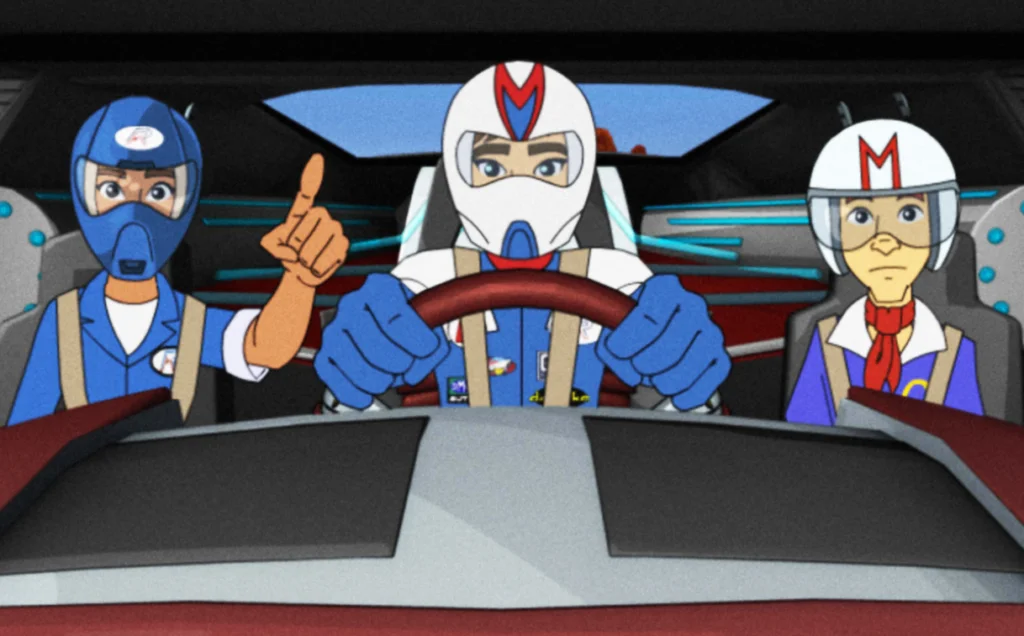
The high-octane adventures of Speed Racer and his technologically advanced Mach 5 introduced many of us to Japanese anime long before we knew what anime was. The show’s distinctive visual style—with its dramatic close-ups, speed lines, and exaggerated emotional expressions—stood out from American cartoons of the era. The rapid-fire, slightly out-of-sync English dubbing created a unique cadence that we would imitate on the playground, speaking as fast as possible while pretending to drive our imaginary Mach 5s.
Each episode featured breathtaking racing sequences and nefarious competitors who would stop at nothing to defeat Speed, requiring him to use the Mach 5’s special features—like cutter blades, grip tires, and underwater capabilities—to overcome seemingly impossible obstacles. The family dynamics of the Racer household added emotional depth, with Speed’s parents, his girlfriend Trixie, mechanic Sparky, and mysterious older brother Racer X all playing important roles. The show’s theme song, with its unforgettable “Go Speed Racer, Go!” refrain, would remain stuck in our heads long after we’d changed out of our pajamas and reluctantly ventured outside to play.
11. Space Ghost
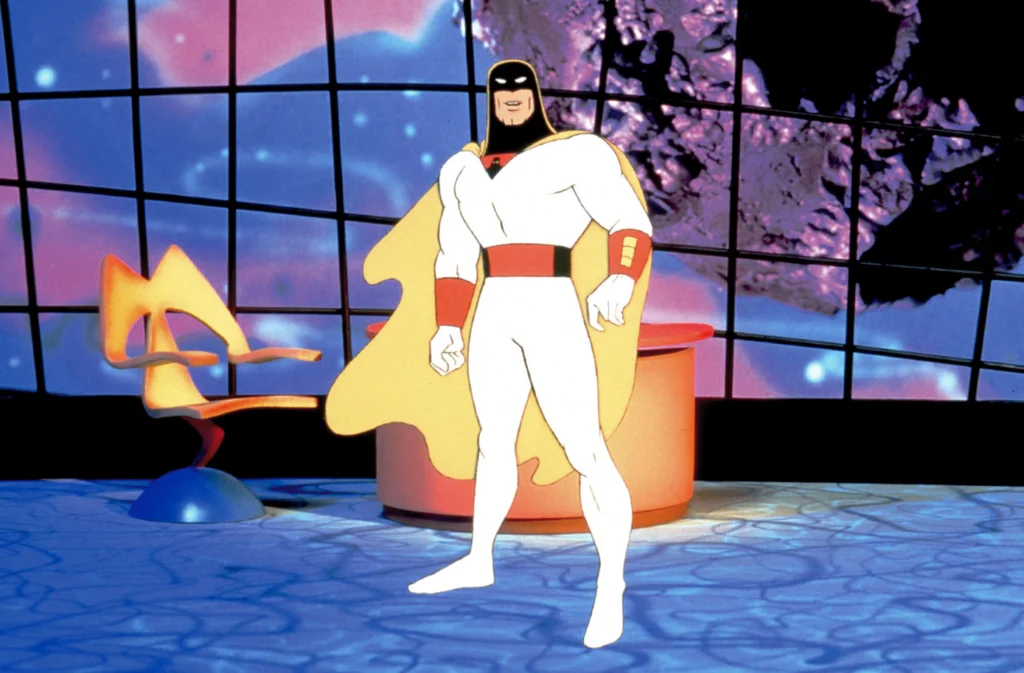
Before he became a late-night talk show host in the 1990s, Space Ghost was a serious superhero patrolling the galaxy with his sidekicks Jan, Jace, and their monkey Blip. His power bands, which enabled him to fly and shoot various rays (including freeze rays and force beams), made him one of the coolest heroes in the Saturday morning lineup. The show’s sleek, minimalist animation style and cosmic adventures offered a more sophisticated viewing experience that made us feel like we were watching something special.
What set Space Ghost apart from other superhero cartoons was the atmospheric quality of the episodes, with genuine suspense and otherworldly villains like Zorak, Brak, and Moltar who would later become comedy sidekicks in Space Ghost Coast to Coast but were initially presented as legitimate threats. The show often featured two separate Space Ghost adventures sandwiching a Dino Boy segment (about a modern boy trapped in a prehistoric valley), providing variety within the half-hour format. Space Ghost’s stoic heroism and cosmic perspective expanded our understanding of what cartoon narratives could achieve, inspiring imaginative play where bedsheets became capes and empty paper towel rolls transformed into power bands long after the TV was turned off.
12. Land of the Lost
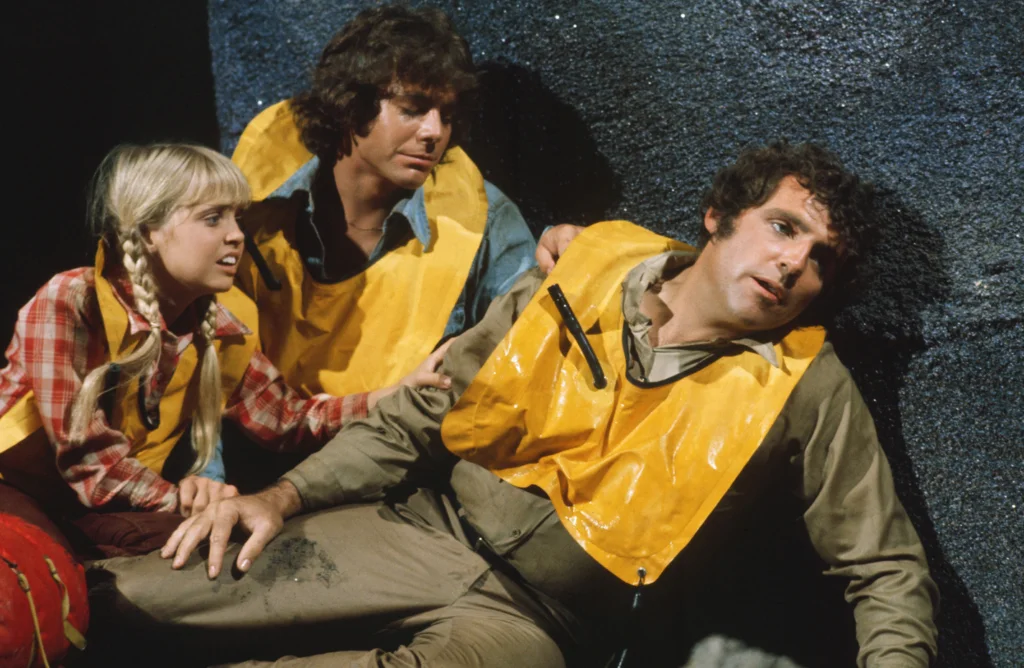
While technically not animated (it used live actors with stop-motion dinosaurs and special effects), Land of the Lost earned its place in the Saturday morning lineup with its irresistible premise: a family thrown through a time portal into a prehistoric world filled with dinosaurs, primate-like Pakuni, and the lizard-like Sleestak. The show’s commitment to creating a consistent world with its own internal logic and even its own language (developed by linguist Victoria Fromkin) set it apart from simpler fare and rewarded repeated viewing.
The Marshall family—father Rick and his children Will and Holly—faced genuine dangers and moral dilemmas that created stakes rarely seen in Saturday morning programming. The show’s impressive (for the time) special effects brought dinosaurs to life in our living rooms, while the mysterious pylons and technology scattered throughout the Land suggested a complex history that the characters slowly uncovered. The show’s theme song—with its haunting description of the “greatest earthquake ever known” that sent the family rafting on “a routine expedition”—created an instant atmosphere of adventure that had us sitting closer to the TV, our cereal temporarily forgotten as we worried whether the Marshalls would survive their latest encounter with a Tyrannosaurus rex they named “Grumpy.”
Those Saturday mornings were more than just cartoons and cereal—they were a cultural touchstone that united an entire generation in a shared experience. The anticipation of waking up early, the rebellion of consuming sugar-laden breakfasts our parents reluctantly permitted, and the immersion in animated worlds that fired our imaginations created a weekly ritual that defined our childhoods. Today’s on-demand streaming can’t replicate the communal experience of knowing that across the country, millions of other kids were watching exactly what you were watching at exactly the same time, creating a national conversation that would continue at school on Monday morning.
The end of the Saturday morning cartoon block in 2014 (when the CW aired the last traditional Saturday morning cartoon schedule) marked the end of an era, but for those of us lucky enough to have experienced it in its heyday, the memories remain vivid—as colorful as the cereal milk left in our bowls and as enduring as the catchphrases and theme songs that still reside in our hearts. In those simpler times, happiness was a cool floor, a warm blanket, a bowl of sweet cereal, and a TV schedule filled with animated friends who never let us down.


